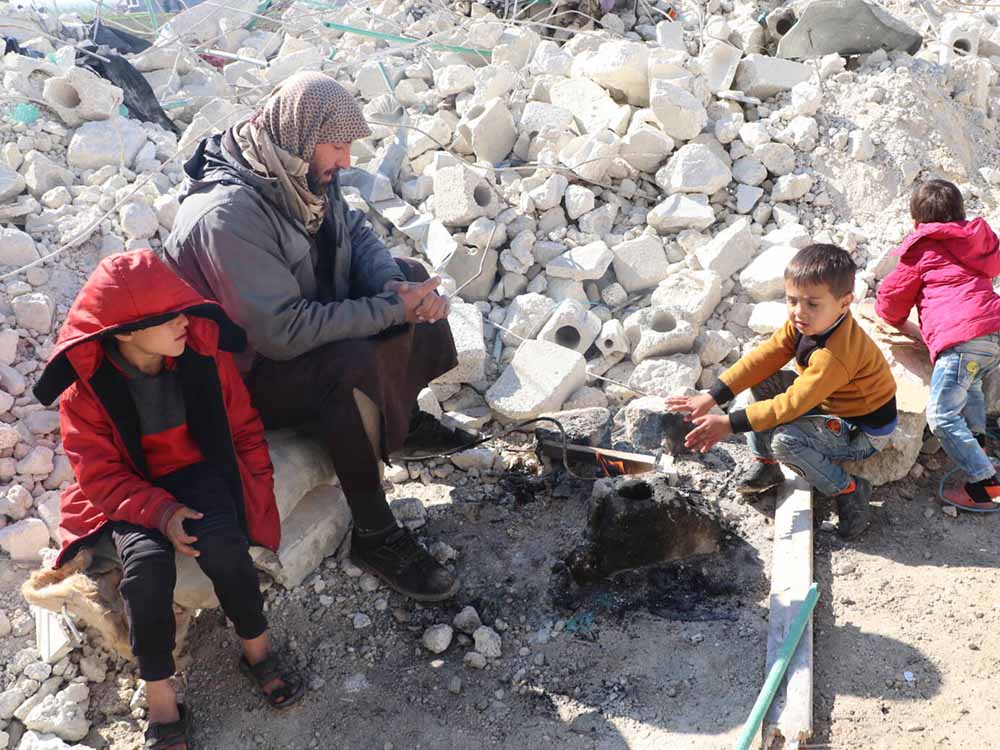The Onset of the Syria Conflict and Early Developments
The Syria Conflict of 2013 emerged as an extension of the Arab Spring protests that swept through the region in 2011, with Syrians initially calling for political reforms. However, the government’s harsh crackdown on dissent led to the escalation of violence and the polarization of the country’s population. The early stages of the conflict were characterized by opposition groups challenging the authoritarian rule of President Bashar al-Assad, leading to a protracted and devastating civil war.
International Involvement and Complex Dynamics
International involvement in the Syria Conflict of 2013 complicated the situation further, as various regional and global powers took sides or supported different factions within the country. The conflict became a proxy war, with different countries backing opposing groups, contributing to an escalation of violence and a deepening humanitarian crisis. Additionally, the use of chemical weapons in 2013 led to increased international scrutiny and efforts to dismantle Syria’s chemical weapons stockpile.
Humanitarian Crisis and Refugee Outflow
The Syria Conflict of 2013 precipitated one of the most severe humanitarian crises in recent history, with millions of Syrians internally displaced or forced to seek refuge in neighboring countries and beyond. The exodus of refugees had a significant impact on neighboring countries, straining their resources and infrastructure. International organizations and humanitarian agencies struggled to provide aid and assistance to the millions affected by the conflict.
Rise of Extremist Groups and Sectarian Divisions
The rise of extremist groups, including the Islamic State of Iraq and Syria (ISIS), further complicated the conflict landscape. These groups exploited the chaos and power vacuum created by the conflict, leading to widespread human rights abuses and atrocities. Sectarian tensions between different religious and ethnic groups within Syria added another layer of complexity to the conflict, exacerbating the cycle of violence and displacement.
Diplomatic Efforts and Peace Initiatives
espite the complexities and challenges, various diplomatic efforts were made to find a political solution to the conflict. International conferences and negotiations sought to bring the warring parties to the negotiating table, with the aim of achieving a ceasefire and establishing a political transition process. However, these efforts faced significant hurdles, and a lasting resolution remained elusive as the conflict continued to evolve and mutate.











